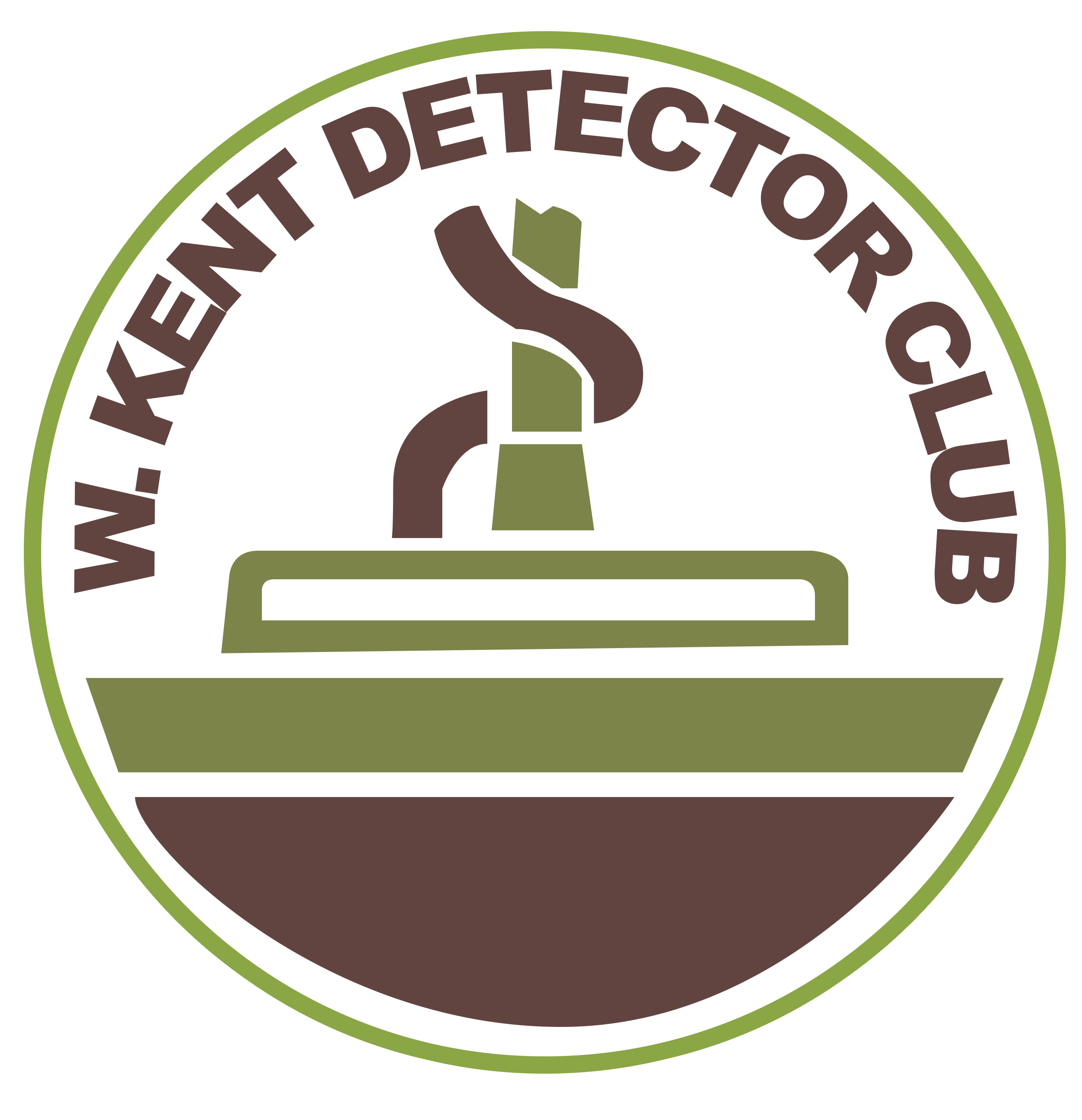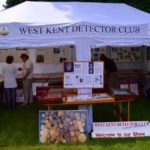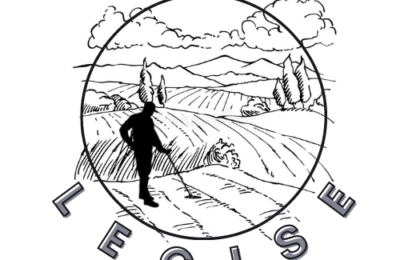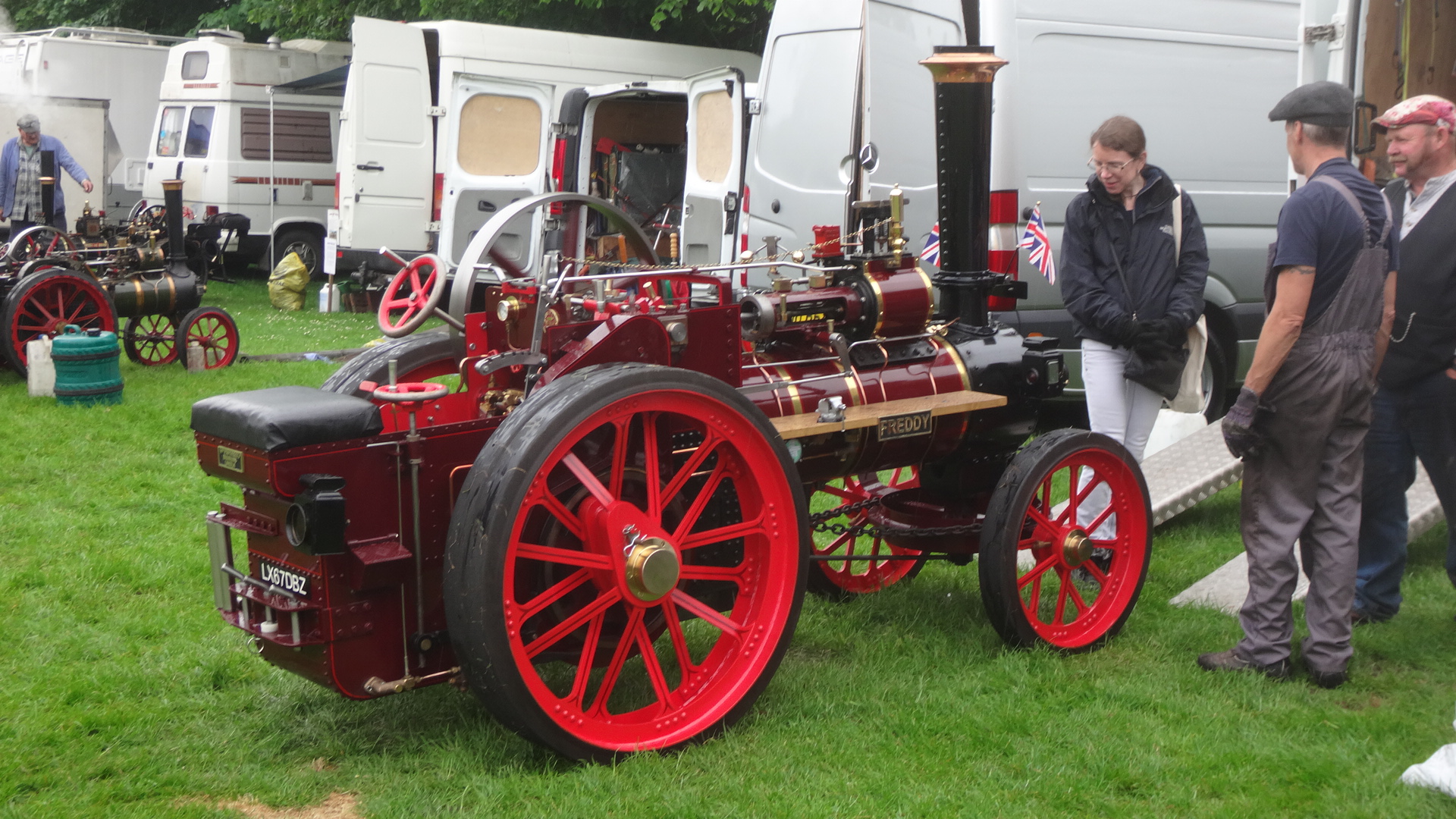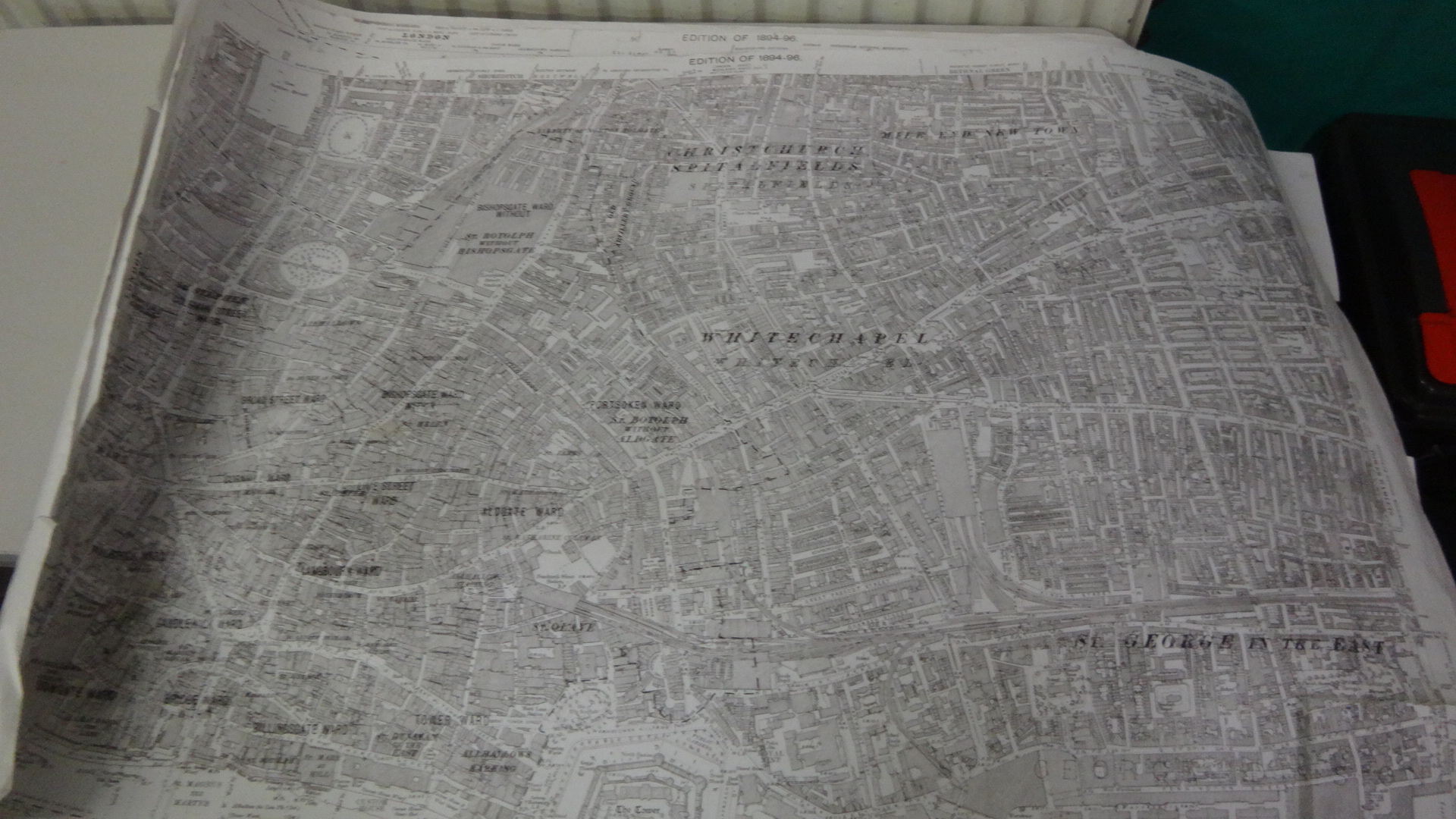I recently found the machine plate as pictured above and I was curious to learn more about it. What was a machine plate that obviously started life in New York USA doing in a field near Dartford?
I searched the internet for information on John Stephenson of New York, coming up with an article in Wikipedia and an article from the web site of the Mid-Continent Railway Museum.
Apparently, John Stephenson was born in Ireland in 1809 and emigrated to the USA with his parents at the age of two. In 1831, he started his own business after serving an apprenticeship with Abram Brower. The John Stephenson Company built omnibus cars for Brower until a fire destroyed their workshop in 1932. After moving premises they continued to build omnibuses that were to be found on the streets of New York. They then went on to build horse cars, tram like vehicles that travelled on rails but were pulled by horses. Stephenson, during his lifetime owned several patents and made a number of major improvements to streetcars, the most important being the reduction in weight of the vehicle enabling the streetcar to be pulled by two horses rather than the original four. The John Stephenson Company made 25,000 cars in the period 1876-1891. John Stephenson died in New York in 1893.

[Picture taken from Wikipedia]
I sent this description of the find via the webmaster at the Mid-Continent Railway Museum:
Hello
I have enjoyed reading your article on John Stephenson.
I found, while metal detecting near Dartford in Kent, England (UK), a circular flat disc shaped object, cast and made of copper alloy (diameter 38.8mm) which appears to be deliberately curved forwards by 90 deg. at the top third. The front surface consists of two moulded raised concentric circles surrounding a central hole of 5mm diameter. Within the outer circle is the name ‘JOHN STEPHENSON.’ and in the inner circle has ‘*NEW * YORK.’
The * represents what appears to be a leaf design not unlike a four leafed clover. On the back, against the flat and unbent surface, are three integral, cylindrical attachment pins.
I can send you a photograph if you would like to see one.
I would be grateful if you have any suggestions as to what it might be from (if it does relate to John Stephenson the coachbuilder?) and indeed how old you think it is?
Thank you in advance for your help.
Lesley
After some email correspondence and my sending them the above photographs I received the following response:
Lesley:
My best guess is that the item you have is associated with a seat that would flip over. I’m thinking this is the stop or the rest for the seat that flips over, It is likely from around 1900 +/- 10 years.
Bill
MCRM
So, even the most seemingly insignificant find can be interesting when researched and could form part of a display at a club event.
